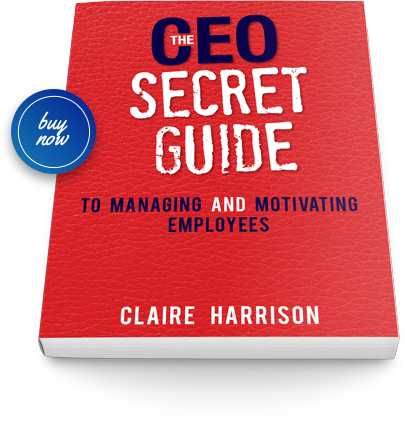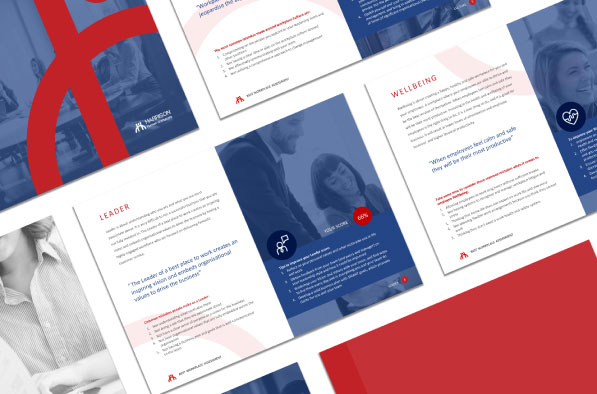Even with your best efforts to proactively manage your team, there are unfortunately times when poor employee performance and misconduct become issues in the workplace.
When disciplinary meetings become necessary, it’s important to have a clear plan of how the meeting will be handled and what the desired outcomes will be.
In this article, I’ll walk you through how to best conduct a disciplinary meeting so you can move forward with a feeling of confidence.
WHEN TO HOLD A DISCIPLINARY MEETING
The purpose of a disciplinary meeting is to formally address serious workplace issues with an employee such as;
- Ongoing performance concerns
- Misconduct – fraud, sexual harassment, bullying, discrimination
- Inappropriate conduct/behaviour with other employees, suppliers or customers
- Misuse of email, internet or social media
- Violation of health and safety requirements
So it’s not appropriate to summon an employee to a meeting for something minor, such as being 10 minutes late to work on one occasion. These types of issues are better handled with an informal chat so that the employee understands what your expectations are.
Conducting a disciplinary meeting is a serious step in the disciplinary process. It’s extremely important that you always follow due process to ensure fairness on all sides and avoid any potential unfair dismissal claims.
Before you conduct such a meeting, you must have thoroughly investigated the issue at hand and collected supporting evidence like training records, company policies and witness statements. Only after gathering the facts should you prepare to conduct a disciplinary meeting.
GIVING NOTICE TO THE EMPLOYEE
To initiate a disciplinary meeting, you must first give notice to the employee.
There’s no requirement to provide this notice as a formal letter, an email is sufficient. In fact, the notice can just be verbal. But my advice is to always keep a written record in the event you need to demonstrate you followed due process in the future.
When giving notice of the meeting, it’s important that you clearly explain to the employee that this IS a serious issue and that they understand this. You may also want to notify the employee that they are allowed to bring a support person with them to the meeting if they choose, although you are not required to do so, but do not unreasonably refuse the request for a support person to attend the meeting.
ROLE OF A SUPPORT PERSON
Disciplinary meetings can be a stressful and confronting experience for an employee (and manager).
A support person may be a friend, family member or union representative. They are permitted to sit next to the employee during the meeting and can speak with the employee. However, the support person is not there to represent the employee. They cannot ask you questions nor answer any questions. You may want to pause the meeting if this happens to explain the role of the support person.
The Fair Work Act states that you cannot unreasonably deny an employees’ choice of a support person. If you do so and then go on to dismiss the employee, you may be found by the Fair Work Commission to have not followed fair process and, therefore, that the dismissal was unfair.
You are entitled to refuse an employees’ choice of support person if a conflict of interest could arise. For example – the support person should not be another employee who is somehow involved in the issue at hand.
MEETING OBJECTIVES
As an employer, you have three main objectives to complete during a disciplinary meeting;
- Explain your concerns and provide evidence of the issue to the employee
- Listen to employee’s side of the story
- Discuss next steps
This can be easier said than done, especially if emotions are high. Remember to keep calm and focused on your three objectives.
A good way to start the meeting would be to say something along the lines of;
“We are here to discuss some serious concerns that I have about your performance/conduct. During this meeting I will first outline my concerns, and then you’ll be given an opportunity to respond. I will consider your responses before deciding on next steps.”
It’s very important that you do NOT come into the meeting with a ‘pre-determined outcome’ in mind. The employee may bring new evidence or concerns to the table that specifically relate to the issue. If the employee feels as if a decision was made before they even stepped foot into the meeting with you, they could make a claim that due process was not followed; you didn’t listen to and consider their responses.
You should aim to finish the meeting by scheduling a follow-up meeting with the employee to give your decision. This gives you the opportunity to carefully consider what was discussed at the disciplinary meeting and make an appropriate decision.
BEST PRACTICES DURING THE MEETING
To conduct a fair disciplinary meeting, keep these best practices in mind;
ENSURE THE ENVIRONMENT IS CALM
Hold the meeting in a quiet, private office or room where you won’t be interrupted. Don’t take phone calls during the meeting and give your complete attention to the employee. Noise and distractions could lead to the employee becoming tense and frustrated if they feel as if they aren’t being listened to.
TAKE NOTES
Always take comprehensive notes during a disciplinary meeting. I would suggest having another manager attend the meeting to take notes so you can focus on explaining your concerns and listening to responses. If something were to go wrong following the meeting, (e.g. unfair dismissal claim) your notes will help show due process. A contemporaneous recording of the discussion is considered the best. You are not obliged to provide the employee with your notes from the meeting, however they are entitled to take notes of their own.
BRING AN INTERNAL REPRESENTATIVE
Just as the employee is allowed to bring a support person, you are entitled to have someone from your organisation present during the meeting. I would recommend having a member of your management team present.
STAY ON TRACK
It’s likely that the employee will attempt to steer the conversation in a certain direction or bring up other issues that may not directly relate to the core issue at hand. If so, say something like; “We’ll park that and can come back to it another day, but right now we need to focus on the key issue of this meeting.”
While you need to listen to what they have to say, you should ensure the meeting stays on track. If you feel yourself losing control of the meeting and/your emotions, an effective strategy is to take a pause or break in the meeting so you can collect your thoughts.
FINAL THOUGHTS
Disciplinary meetings are stressful for everyone involved. No one wants to have to conduct one and no one wants to be summoned to one.
As an employer, you are responsible for following due process, listening to your employees’ side of the story and making an informed decision.
Here’s some final food for thought…the best way to avoid having to conduct a disciplinary meeting is to create a great workplace culture that fosters high performance and employee engagement.
NEED FURTHER ADVICE? TALK TO HARRISON HUMAN RESOURCES
With our HR Consulting service, we can provide practical advice and guidance for navigating the disciplinary process as well as strategies for improving employee performance.
Simply click here to request an obligation-free 15 minute phone consult to get some initial advice on your HR needs.
Claire Harrison is the Founder and Managing Director of Harrisons, a flourishing HR consulting business that sprouted in 2009 from Claire’s passionate belief that inspiring leaders and superstar employees are the key success factor to any business. With over 20 years’ experience, Claire has worked as a HR Director of multi-national organisations, as a Non-Executive Board Director, and a small business owner. Claire’s corporate career includes working with companies such as BHP, Westpac, Fonterra and Mayne Nickless.






